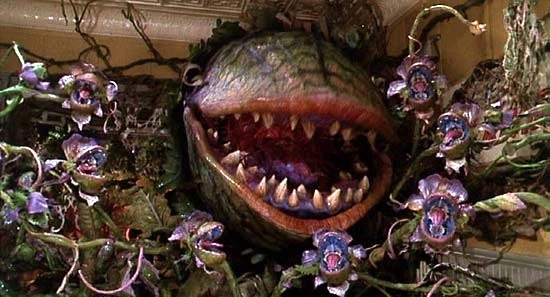By: Parisa Yan
You may have seen man-eating plants in movies such as Little Shop of Horrors. But could they exist in real life?
Well, the man-eating plants in movies are based on real carnivorous plants. The main difference is that man-eating plants in movies are bigger.
Carnivorous plants use traps, such as snapping leaves, to catch small insects. The plants then produce digestive enzymes to break down the insect. Maybe these plants can catch small mammals or poop, but humans aren’t on their menu. What would allow a plant to eat a human?
“You could get a really tall, deep pitcher that would be effective as a pitfall trap for larger animals,” says Kadeem Gilbert, a botanist who studies tropical pitcher plants. The lips of these plants are very slippery. When insects or small animals land on them, they slide into a pool of digestive liquid. Few pitcher plants are large enough to eat mammals, but even if they were, they probably go for their poop instead of the animal itself, since it takes less energy to consume.
Even if there was a carnivorous plant large enough for a person to fall into, that person would probably just make a hole in its side and crawl out.
If the plant was a gooey, sticky trap like a sundew, though, it might work. For example, if there was a gargantuan sundew that covered the ground like a carpet, and a person stepped onto it, it would be impossible to get free, no matter how much they struggled.
“The more you struggled, the more you would become enmeshed and the more your arms would be unable to function properly,” says Adam Cross, a restoration ecologist at Curtin University. “The sundew would subdue a person through exhaustion.”
But the sundew would need to attract foot traffic. Cross says a sweet fruit or a source of water would be effective lures.
Sources:











